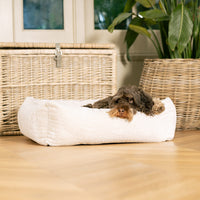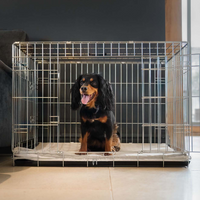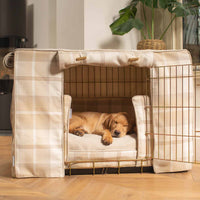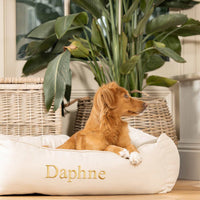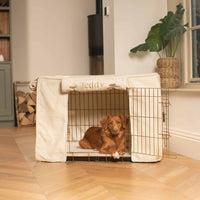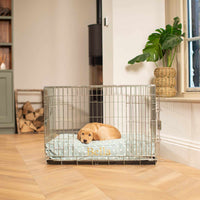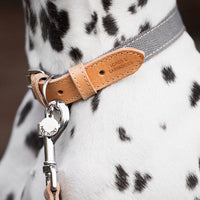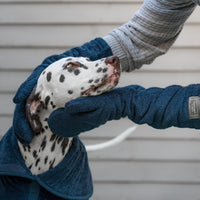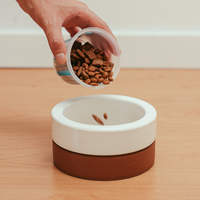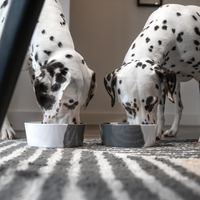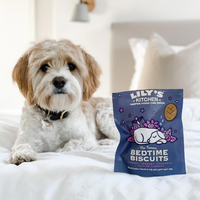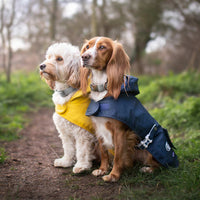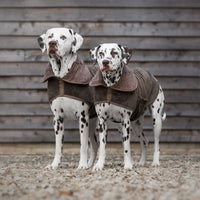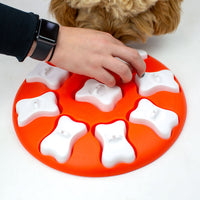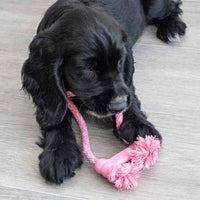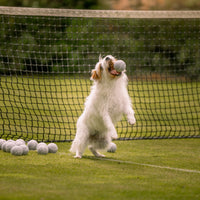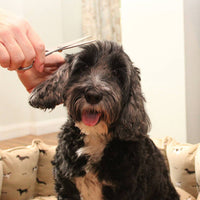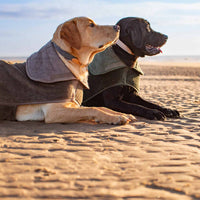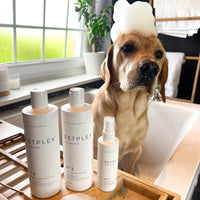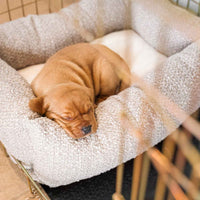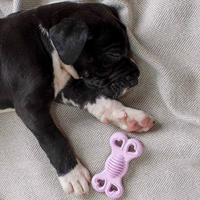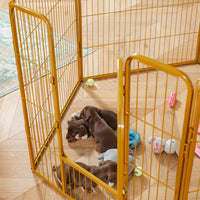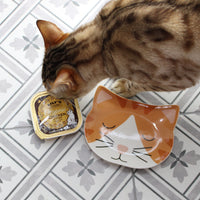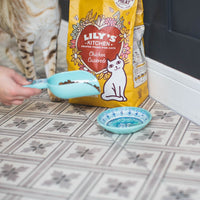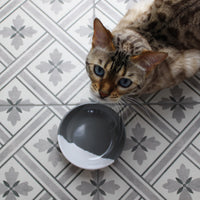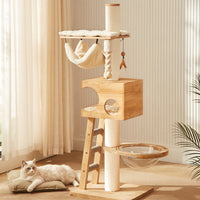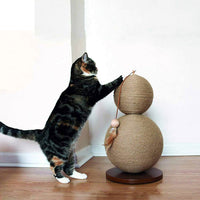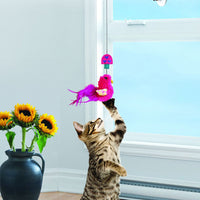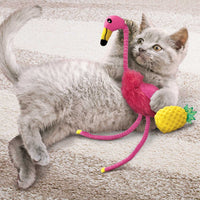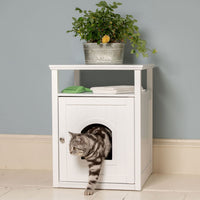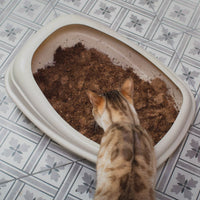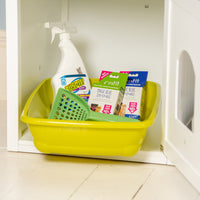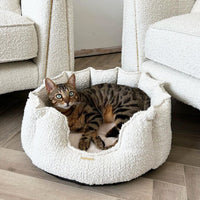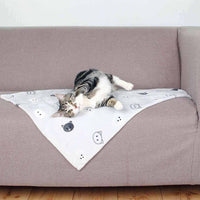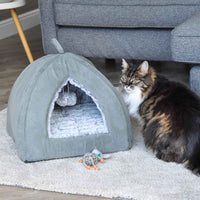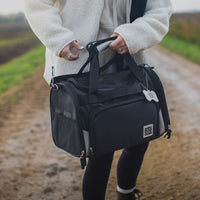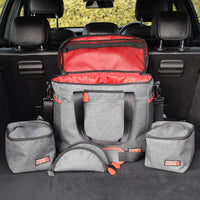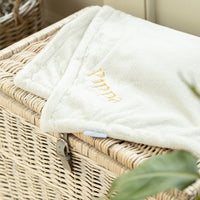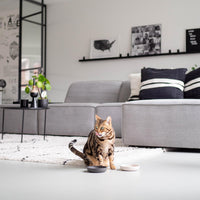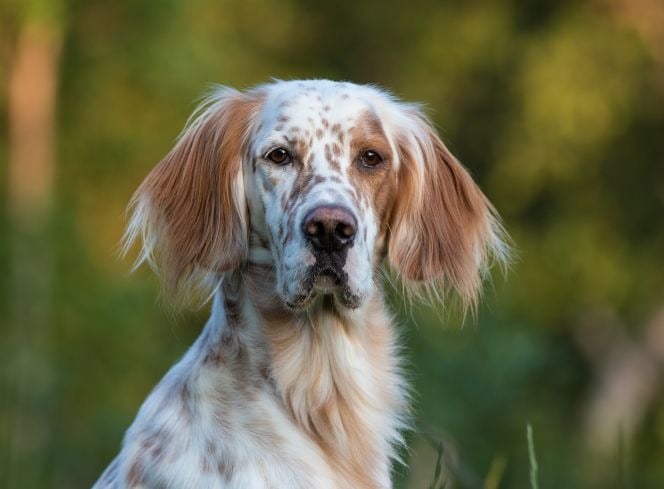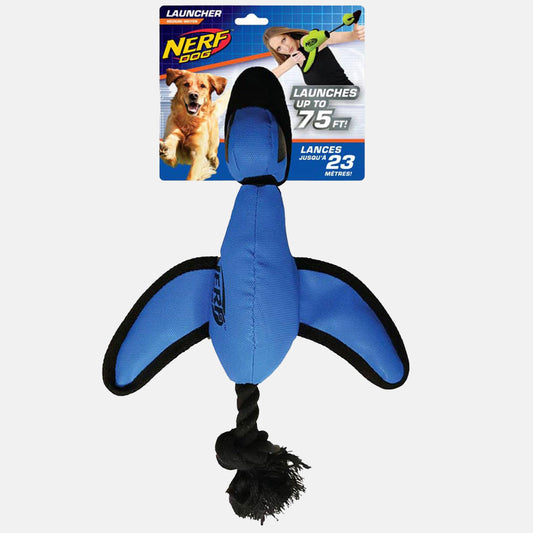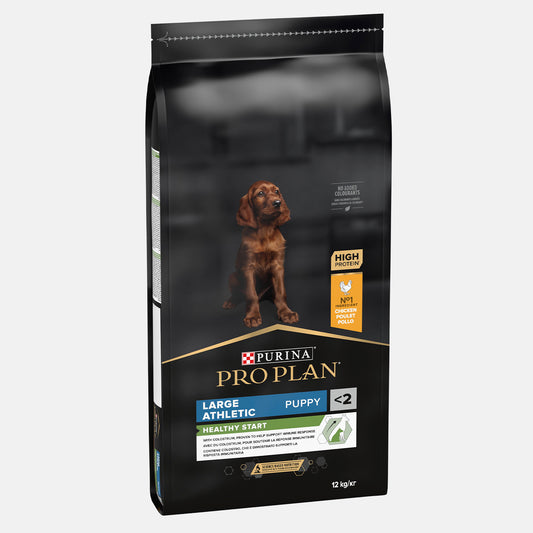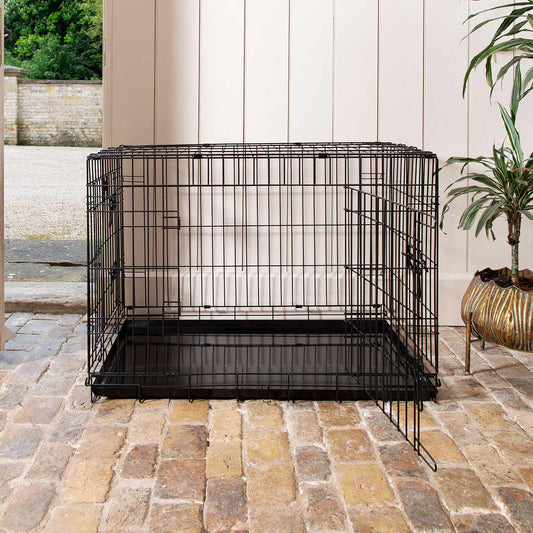Are you considering welcoming an English Setter into your home? Or perhaps you already have one and want to learn more about caring for this elegant and energetic breed? Look no further! In this comprehensive guide, we'll delve into everything you need to know about English Setters, from their personality and traits to health considerations, training tips, grooming advice, and more.
English Setter Facts and Information
Before we delve into the specifics, let's cover some basic facts about the English Setter. The English Setter's origins can be traced back to England, where it was selectively bred in the 19th century. Developed as a specialised hunting dog, the English Setter played a vital role in locating and retrieving. This breed is renowned for its stunning feathered coat, distinctive setter gait, and friendly demeanour.
English Setter Fact File
| Kennel Club Breed Group | Gundog |
| Size | Large |
| Weight | 29-36kg |
| Daily Exercise | 2+ hours a day |
| Coat Type | Medium length, flat and wavy |
| Coat Colours | Black and white (blue belton), orange and white (orange belton), lemon and white (lemon belton), liver and white (liver belton), tricolour, that is blue belton and tan or liver belton and tan |
| Lifespan | 10-12 years |
English Setter Personality and Traits
The English Setter is celebrated for its gentle and affectionate nature. These dogs thrive on human companionship and are typically excellent family pets. They are known for their playful and sociable disposition, making them great companions for both adults and children. English Setters are also intelligent and eager to please, traits that make them highly trainable.
English Setter Health Issues
Like all breeds, English Setters may be prone to certain health issues. Among the most common health concerns for this breed are hip dysplasia, elbow dysplasia, progressive retinal atrophy (PRA), and hypothyroidism. Responsible breeding practices and regular veterinary check-ups can help mitigate the risk of these conditions. As with any pet, it's essential to provide proper nutrition, regular exercise, and preventative healthcare to ensure your English Setter leads a long and healthy life.
Raising an English Setter

Raising an English Setter requires dedication, patience, and consistency. Early socialisation is crucial to help your puppy develop into a well-adjusted adult dog.
Expose them to various people, animals, and environments to help them become confident and well-mannered companions. Establishing a routine for feeding, exercise, and training will also help set the foundation for a happy and harmonious relationship with your English Setter.
English Setter Training
English Setters are intelligent dogs that respond well to positive reinforcement training methods. They thrive on praise and rewards, so be sure to use plenty of treats and verbal encouragement during training sessions. Consistency and patience are key when teaching your English Setter basic obedience commands such as sit, stay, come, and heel. Enrolling in puppy classes or working with a professional dog trainer can also be beneficial, especially for first-time dog owners.
English Setter House Training
Toilet training is an essential aspect of raising a well-behaved English Setter. Establishing a consistent routine for bathroom breaks and rewarding your puppy for eliminating outdoors can help expedite the house training process. Crate training can also be a useful tool for teaching your English Setter to hold their bladder and bowels until they are taken outside.
Crate Training an English Setter Puppy
Crate training provides your English Setter puppy with a safe and secure space of their own. Introduce the crate gradually, using positive reinforcement to create a positive association with the space, our crate training guide has all of our top tips on how to successfully crate train your English Setter puppy. With patience and consistency, your English Setter will learn to view their crate as a cosy retreat rather than a confinement. Shop our deluxe dog crates here and our cosy & calming puppy crate bed here for the perfect crate set up.
Best Bed for an English Setter
When choosing a bed for your English Setter, opt for a sizeable, durable bed that provides ample support and comfort. Look for beds with orthopaedic foam or memory foam to cushion your Setter's joints and alleviate pressure points. Consider a bed with a removable, machine-washable cover for easy cleaning, as English Setters can be prone to shedding and dirt. Our Rhino Tough beds are wipe clean so are perfect
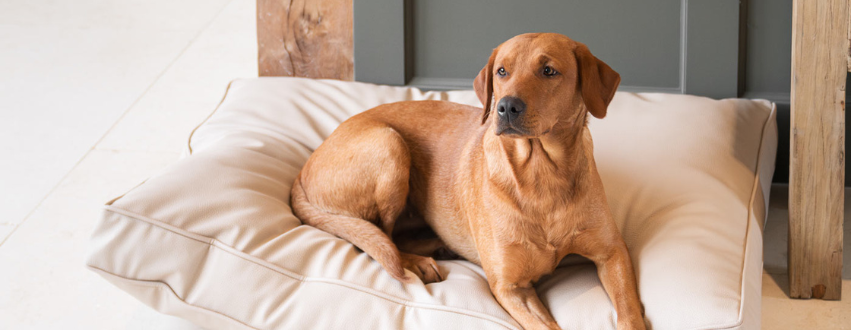
How Much Exercise Does an English Setter Need?
English Setters are an active breed that thrives on regular exercise and mental stimulation. Aim for at least an hour, if not 2, of physical activity each day, which can include brisk walks, runs, games of fetch, or off-lead play in a securely fenced area. Engaging your Setter in activities that tap into their natural hunting instincts, such as scent games or agility training, can also help keep them mentally and physically fulfilled.
Best Walking Accessories for an English Setter
When it comes to walking accessories for your English Setter, invest in a sturdy lead, collar and harness. For harnesses we love the Ruffwear front range harnesses, they come in a big range of sizes and are adjustable at both the neck and chest so you can get a good fit.
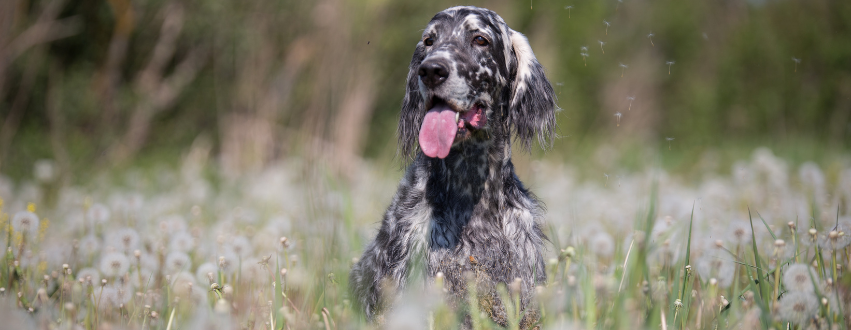
Best Food for an English Setter
Providing a nutritious and balanced diet is essential for maintaining your English Setter's overall health and well-being. Choose a high-quality dog food formulated for active breeds, the PRO PLAN Dog Large Adult Athletic Dog Food is a great choice for your English Setter with its high nutrients levels it’s great for keeping them fit and healthy.
Best Food for an English Setter Puppy
During the puppy stage, it's crucial to feed your English Setter a diet specifically formulated for growth and development. Look for puppy foods that contain essential nutrients such as protein, fat, vitamins, and minerals to support healthy bone and muscle growth, like the Acana puppy food. Divide your English Setter puppy's daily food allowance into several small meals to prevent digestive upset and maintain steady energy levels.
Best Toys for English Setters
English Setters are playful and energetic dogs that enjoy a variety of toys to keep them mentally stimulated and entertained. Look for toys that cater to your Setter's natural instincts, such as interactive puzzle toys for stimulation, plush toys for comfort, and durable chew toys to satisfy their urge to gnaw. For hunting dogs like English Setters we particularly love the Nerf interactive range of toys, they’re designed for dogs who love to hunt and retrieve and our own dogs have had hours of fun with them.
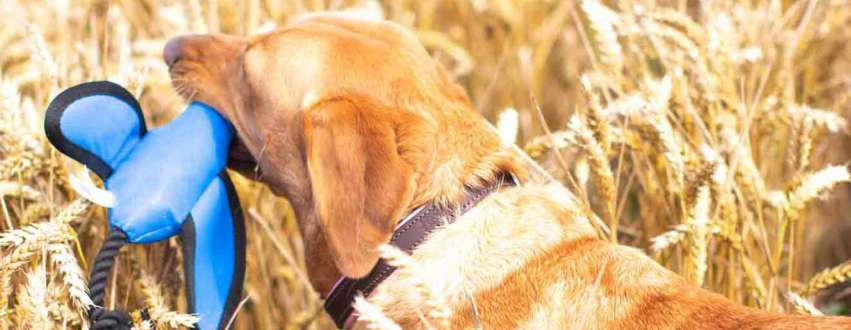
English Setter Grooming Tips
Maintaining your English Setter's coat requires regular grooming to keep it healthy and free from mats and tangles. Brush your Setter's coat several times a week using a slicker brush or grooming rake to remove loose hair and prevent matting. Pay special attention to areas prone to tangling, such as behind the ears, under the legs, and around the tail.
Bathe your English Setter as needed, using a gentle dog shampoo formulated for their specific coat type, such as the Bugalugs shed control shampoo which has a formula that cleans, soothes and nourishes, reducing shedding with essential oils such as aloe vera, wheat proteins and oat kernel oil.
In conclusion, the English Setter is a magnificent breed known for its beauty, intelligence, and loving nature. By understanding their personality, addressing their health needs, providing proper training and socialisation, and maintaining a consistent grooming regimen, you can ensure that your English Setter thrives as a beloved member of your family. Whether you're a seasoned Setter enthusiast or a first-time owner, the bond you share with your English Setter is sure to be one of a kind.
Shop our handpicked English Setter collection here.


